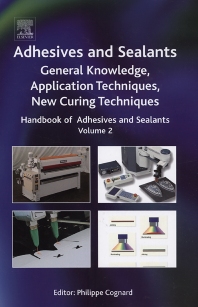New ASTM Standard Will Test Aspiration Potential of Aerosols

W. CONSHOHOCKEN, PA — A new ASTM standard tests the potential of a pressurized aerosol product to be accidentally inhaled and aspirated (drawn into the respiratory tract of those near the spraying).
The standard (D7952, Test Method for Measuring Aspiration Potential of Aerosol Products) specifically tests aspiration potential by determining spray pattern and aerosol deposition rates. Aspiration can potentially cause lung damage.
ASTM member Woodhall Stopford is an Assistant Professor at Duke University Medical Center. Stopford notes that this test method was developed to determine whether pressurized aerosol spray products containing petroleum distillates present an aspiration risk and require hazard labeling. Paints, varnishes, stains and lubricants are among the products dispensed from pressurized aerosol containers. The new standard could help manufacturers, regulatory bodies and laboratories to determine whether or not a product is appropriately labeled and whether childproof caps are needed.
Subcommittee D01.57 on Artist Paints and Related Materials developed D7952. Plans are underway to conduct an interlaboratory study for the standard within the next two years. Laboratories that are interested in participating should contact the subcommittee’s manager, Jeff Adkins, at jadkins@astm.org.
For more information, visit www.astm.org.
Looking for a reprint of this article?
From high-res PDFs to custom plaques, order your copy today!





